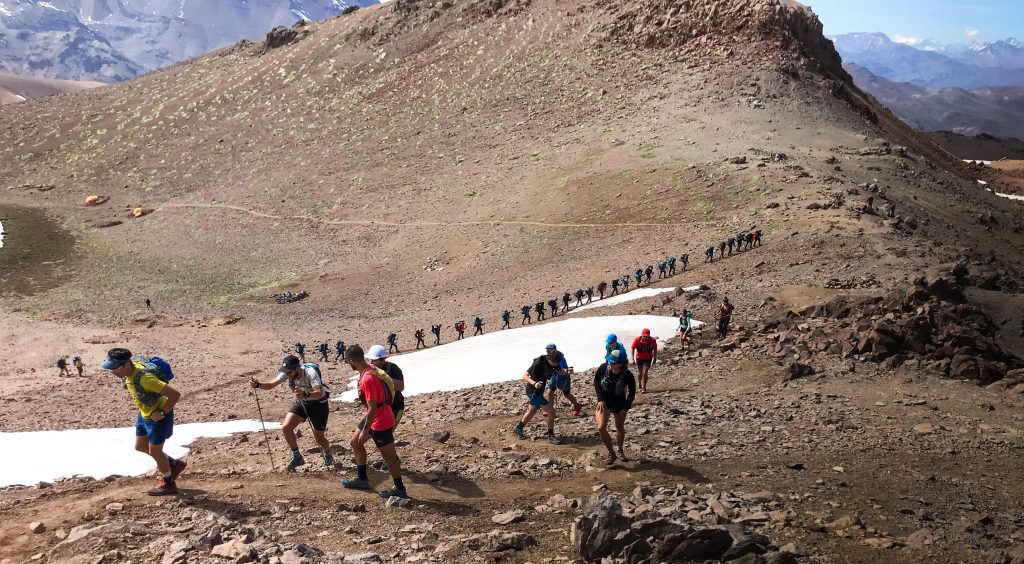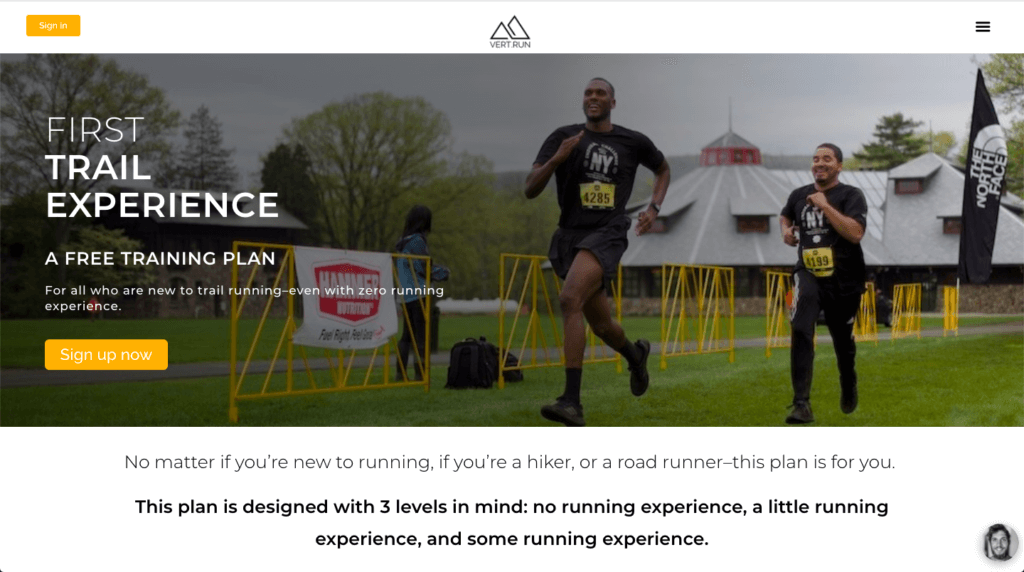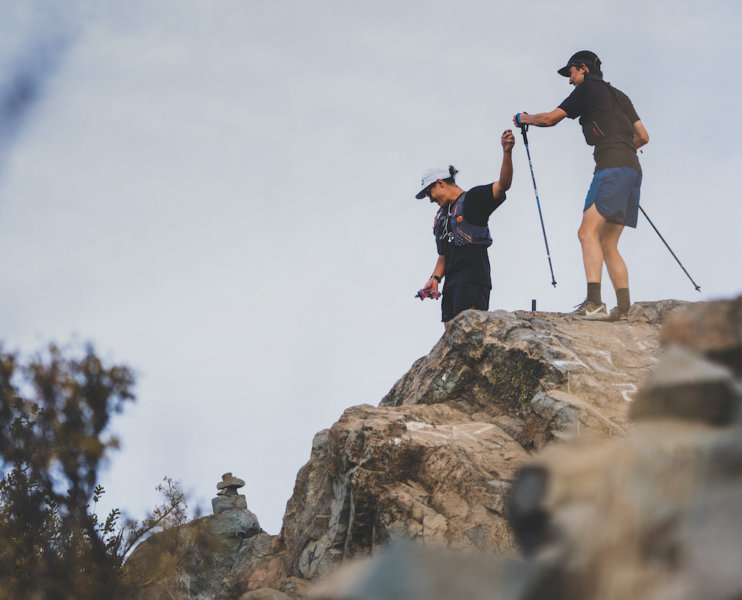For those of us who are new to trail running, the sport might seem a little confusing; but, honestly, it’s one of the most simple, open and friendly sports out there.
Why? Easy: the fact that you can practice trail running anywhere. Yeah, anywhere…that includes in cities, too. Trail running is the practice of running “off-road,” but that doesn’t mean that all trail runners don’t sometimes train on the road, too. You can run on the road, on the stairs, in the mountains, on grass, in the parks—really, anywhere that you feel like it. The most important part is just to run.
The concept is simple: go out and run.
Wherever you are, and enjoy every minute of the views, changes in terrain, etc. You can start with a simple run of 30 minutes near home, and little by little you can work towards running ultras—if that’s what you’re into.

Trail running has never been so simple. Try our FREE ‘First Trail Experience’ training plan.
#1 Start little by little.
Anytime we start to do something new, no matter what it is, it’s going to suck sometimes at the beginning. Trail running isn’t any different. It’s super important to start little by little (I’m talking starting with even just a 20-30 minute jog, depending on your running experience.) Then, you can start adding more time out as you progress. When you’re just starting to explore trail running, we recommend that you focus on two things: 1.) just get out for a run, and 2.) enjoy it.
In the U.S., those of us with a background in running (track, cross country, elementary school gym class, you know the drill) grew up associating running with “discipline” and “number of miles.” What if you challenged that? Try focusing on time instead of distance; instead of telling yourself to get out and run five miles, try heading out instead for “45 minutes” or “an hour” and see how your brain reacts.
So, back to trail running: let’s put this “little by little” concept into practice. If you have a mountain nearby and you’re thinking of running up said mountain, don’t try to summit in a sprint your first time. Would you survive? Yeah, probably. But would you enjoy it? Eh. Instead, first start by jogging up (and down) 1/3 of the route—then, you can work up to 1/2, then 3/4, then finally the whole shebang.
Try our FREE 8 week training program for beginner trail runners, designed to help you become a mountain trail runner.
Train like a pro
For $6/ week
Try this program for 7 days for free
#2 Running uphill is only half the battle.
A lot of new trail runners (and experienced trail runners too) take unnecessary risks by trying to reach summits or run “just a little bit higher” without the proper preparation and knowledge. The beauty of trail running is that it’s simple—but that doesn’t mean that it doesn’t also present risks. Different mountains present different types of terrain, temperatures, weather patterns, etc…and if you were to fall in the middle of a tricky zone, on a mountain where you weren’t yet ready to run, you could end up alone and injured. Not fun. Taking precautions, educating yourself, and being realistic about your abilities are the absolute minimum requirements when heading into the mountains—and this goes for trail running beginners and experts alike.
One other super important point: remember that what goes up must also come down. You should always be sure that you have the resources—i.e. energy, food, water, etc.—to return safely from whence you came.

#3: Plan your training.
Yes, we are an online training platform for trail running—we create and deliver trail running training plans—but we do this because we honestly believe that having a training plan is key to building a solid trail foundation. When you start trail running, your muscles undergo types of impact and stress that are different than they experience in any other sport. You have to be strong when running uphill, but your muscles also have to support you as you run downhill without causing injury or falling.
So, in order to be well-prepared for the trail, it’s important to know and plan how much and when you’re going to train. For this, we can recommend: educating yourself through reading, finding a trail running coach, or using one of our free trail running training plans. At the end of the day, training is about preventing running injuries and building the foundation necessary to enjoy the places our wonderful legs can take us.
#4: Always bring a little extra.
Even if you’re going to train on a route that you know—let’s say, for example, a mountain trail you’ve hiked or walked (or run) up and down tons of times—it’s always good to have some extra water, food, and clothing. It’s easy to get lost in the mountains, even in places that we know well—and that’s why, in order to avoid dangerous situations, it’s always best to be prepared for the worst (rain, snow, sleet) and to have at least one emergency gel in your pocket.
Another thought: obviously, heading out for a training without a cell phone isn’t a great idea. How much damage are those few extra ounces really going to cause when that cell phone could help get you out of a sticky situation? Plus, just think about the extra weight as extra training.
Trail running has never been so simple. Try our FREE ‘First Trail Experience’ training plan.

#5: Enjoy the community.
The world’s community of trail runners is one of a kind. It’s a sport where the elites, amateurs, and young and old share the simple joy of running on the trails. All types of runners from so many different backgrounds and cultures make up our community—and honestly, that’s what makes trail running so unique. In a trail running race, a beginner can toe the line of a race with his or her hero…and even if we can’t keep up, we get to experience starting together and sharing the same path through the mountains.
So, jump in. Start trail running today, and start enjoying every training.
Trail running has never been so simple. Try our FREE ‘First Trail Experience’ training plan.






